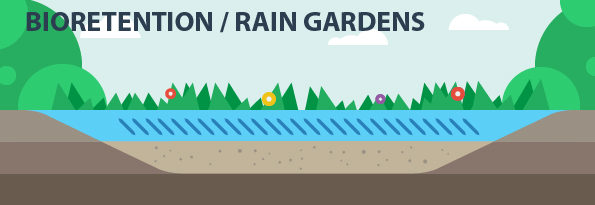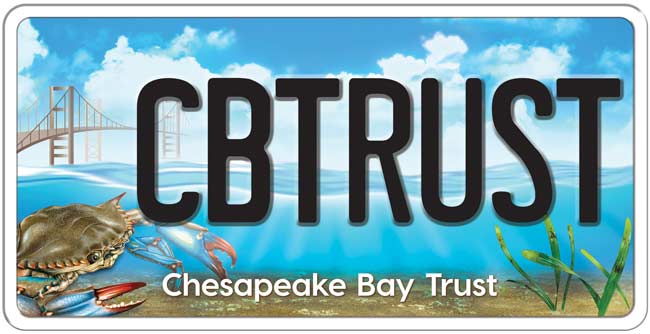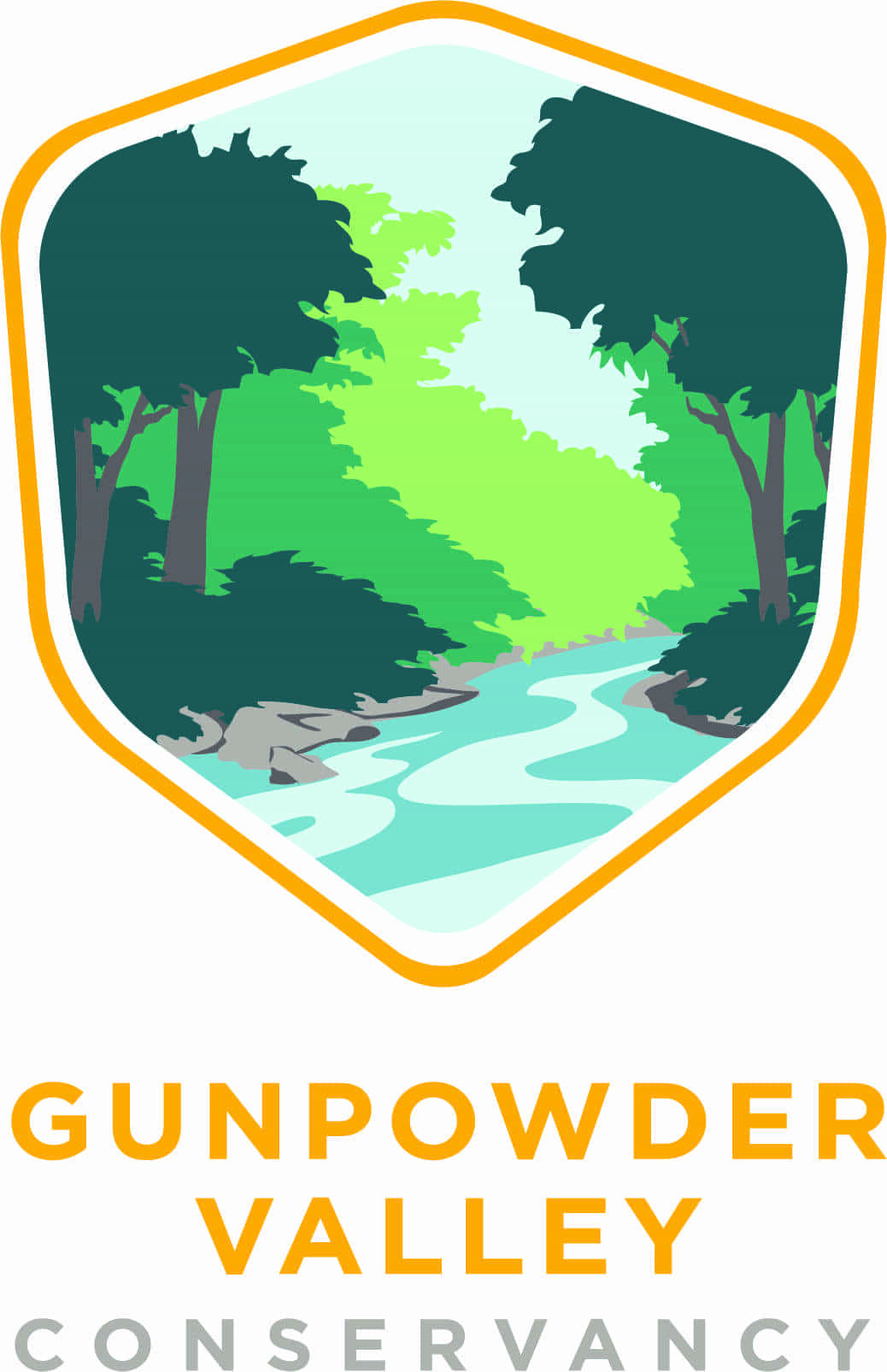Miramar Landing Homeowners Association

Parts of the Chesapeake Bay watershed contain a high percentage of impervious cover – paved or other hard surfaces such as roofs and roadways that prevent rain water from being absorbed into the ground. Instead, water runs along these surfaces, collecting trash and substances such as motor oil, lawn fertilizers, and pesticides. This polluted stormwater flows into streams and rivers, where it threatens aquatic ecosystems and public health.
Effective stormwater management, on the other hand, creates safe paths for polluted runoff to be captured and filtered through the ground before it reaches waterways. This helps keep the environment clean and our communities healthy!

Project Location: Baltimore County, MD
Problem: Open space areas within the Miramar Landing neighborhood were bare, compacted dirt lots that conveyed untreated runoff to local streams and were eyesores for the community. The impervious surfaces within this development also transported polluted runoff into the Middle River, which has historically been plagued with harmful algae blooms and fish kills.
Solution: Purnell Glenn, president of the Homeowners Association (HOA), saw an opportunity to protect local waterways and beautify the neighborhood. This local champion and the HOA partnered with the Gunpowder Valley Conservancy’s Clear Creeks Project to transform the bare lots into runoff treatment areas. The community is now Bay-Wise Certified due to its efforts in using Bayscapes landscaping, which uses native plants to manage stormwater and create wildlife habitats. Following the completion of the project, Purnell Glenn was awarded the Gunpowder Valley Conservancy's 2016 Community Leader of the Year and Baltimore County's 2017 Neighborhood Hero awards for his accomplishments in coordinating this project. Since 2016 the community has received an additional $40,000 in funding to implement 60 more trees, one additional Bayscape, one more community rain garden, and two more microbioretention areas.
Education: Signs in Biggs Square Park identify plants and wildlife, educating children and residents on subjects including ladybugs and the caterpillar and butterfly lifecycle. Neighborhood children participated in the initial planting events and will continue to be involved through a Jr. Green Thumbs Club. Early on residents were concerned the rain gardens would attract mosquitoes, but education and first-hand observation of the systems revealed that the rain gardens dry out fast enough to discourage mosquitoes and even attract natural mosquito predators.
Community Engagement: This diverse community was committed and interested early in the project which has led to its success today. Community members volunteered in the planting of Bayscapes and will contribute to the ongoing maintenance. Some inspired homeowners have also installed rain barrels and rain gardens in their yards thereby absorbing even more stormwater.
Scale: 101 acres
Total Cost: $140,000
Funding Sources: Gunpowder Valley Conservancy, National Fish and Wildlife Foundation, Baltimore County, MD Department of Natural Resources, Chesapeake Bay Trust, Baltimore Gas and Electric Co.
More Information: Miramar Landing






